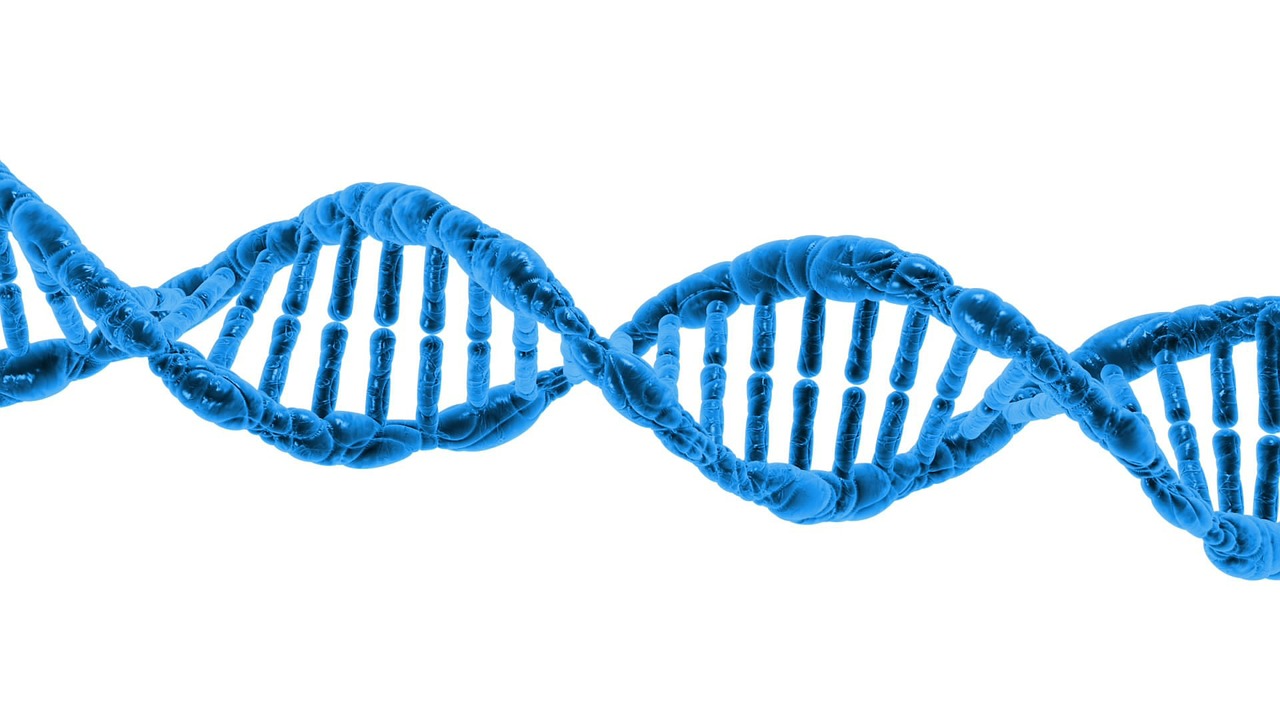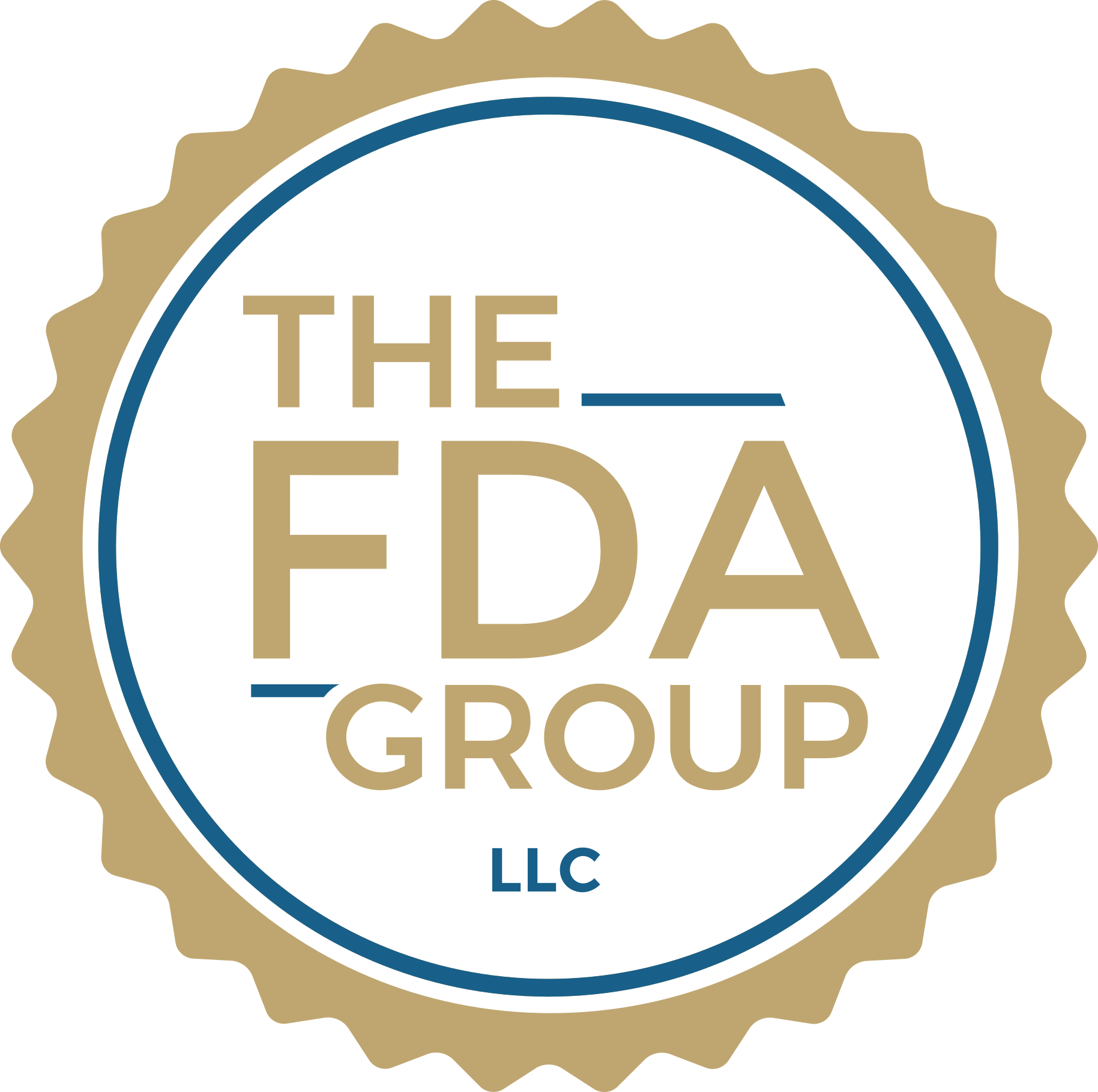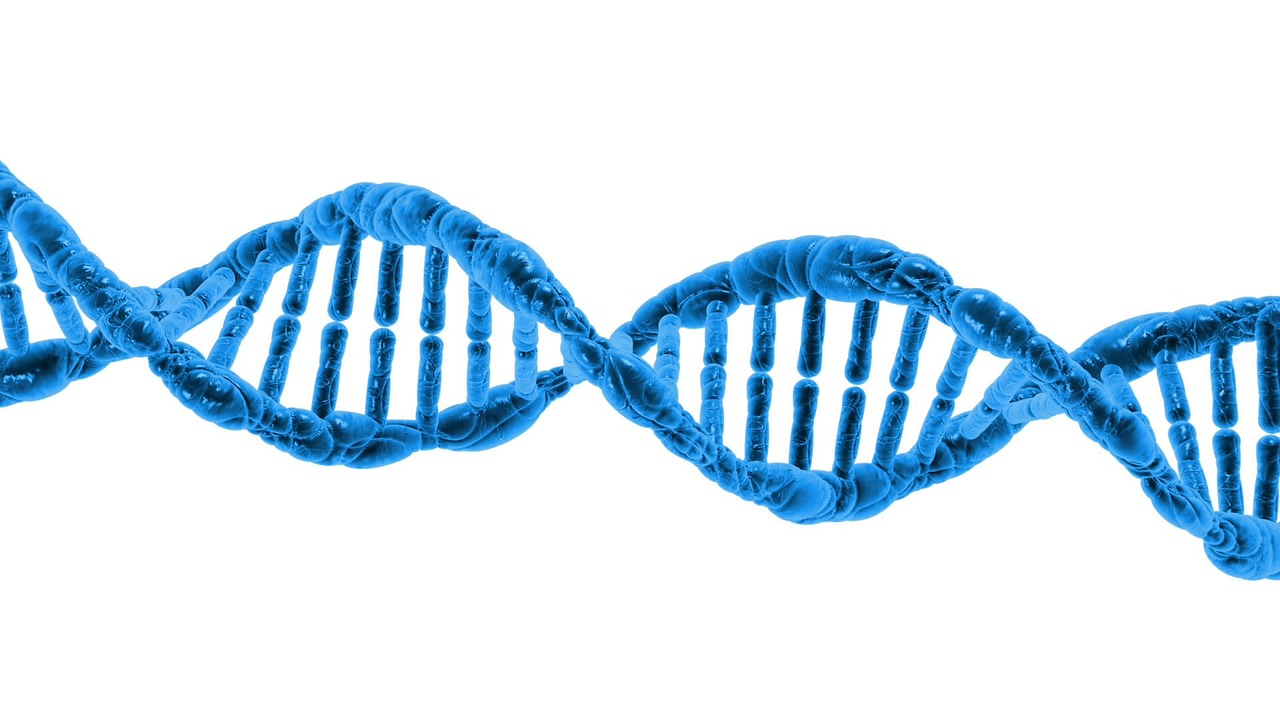
As patents for older biologicals expire, a new market for biosimilars has opened.
This new market allows manufacturers to market less expensive alternatives for patients. Despite this, the Food and Drug Administration (FDA) had done little to establish a mechanism for biosimilar approval until relatively recently, and only a few biosimilars have been approved in the United States to date.
However, with the recent guidances that the FDA has issued on biosimilars, it is important for executives to understand the process.
What is a Biosimilar?
As a protein product primarily made by using microorganisms, a biosimilar is a compound that has a similar composition to an already-marketed biologic.
For a compound to be classified as a biosimilar, it must have active ingredients identical to the reference product. Also, no clinically meaningful differences with respect to purity, safety, and potency can exist between the compound under consideration and the reference product.
Biosimilars include products made from blood and plasma; nonrecombinant proteins purified from natural sources; monoclonal antibodies, recombinant proteins, cells, and tissues produced in cell cultures; vaccines; and “follow-on” protein products.
Biosimilars are manufactured for conditions such as rheumatoid arthritis, non-Hodgkin's lymphoma, diabetes mellitus, and macular degeneration.
Biosimilars: Regulations and Guidances
An advantage of biosimilars is that they provide a more cost-effective alternative to expensive treatments. They can also serve as an alternative to treatments unavailable in the United States or Europe.
However, until approximately four years ago, there had not been a standardized process in the United States for approving biosimilars, which are manufactured differently than drugs and other small‑molecule compounds. As such, a number of laws and guidances have been issued to address this problem.
The primary regulation that governs biosimilars is the Biologics Price Competition and Innovation Act of 2009. As part of the 2010 Affordable Care Act, the Biologics Price Competition and Innovation Act of 2009 acts as an amendment to Section 351 of the Public Health Service (PHS) Act.
This provides an abbreviated mechanism in which biosimilars could be approved, and authorizes the FDA to provide guidance on the development of these compounds.
The FDA has also issued a number of guidances to implement the Biologics Price Competition and Innovation Act of 2009. Three of them were issued in February 2012.
Scientific Considerations in Demonstrating Biosimilarity to a Reference Product
The first, called Scientific Considerations in Demonstrating Biosimilarity to a Reference Product, describes the approach that the FDA uses to determine whether a biosimilar is similar to an already-approved biologic.
Quality Considerations in Demonstrating Biosimilarity to a Reference Protein Products
The second guidance, called Quality Considerations in Demonstrating Biosimilarity to a Reference Protein Products, describes analytical factors that companies should consider when determining whether a compound is a biosimilar.
The third guidance, called Biosimilars: Questions and Answers Regarding Implementation of the Biologics Price Competition and Innovation Act of 2009, answers common questions that manufacturers might have regarding the development of biosimilars. An additional guidance issued in 2013, titled Formal Meetings Between the FDA and Biosimilar Biological Product Sponsors or Applicants, clarifies the expectations for meetings between the FDA and manufacturers.
The two most recent guidances were issued in 2014. Guidance for Industry: Clinical Pharmacology Data to Support a Demonstration of Biosimilarity to a Reference Product, the first guidance, describes the role of clinical pharmacology studies in determining biosimilarity.
The second guidance, Reference Product Exclusivity for Biological Products Filed Under Section 351(a) of the PHS Act, describes the periods of exclusivity that pertain to biosimilars.
An additional law that governs the marketing of biosimilars is the Biosimilar User Fee Act. This act requires manufacturers to pay an initial fee and an annual fee to develop a biosimilar. For manufacturers who have ceased developing a biosimilar and wish to resume, a reactivation fee is required. Manufacturers must pay the initial fee within 5 days of being granted a biological product development meeting or submitting an Investigational New Drug.
If an application requires clinical trials, the initial fee costs ten percent of the Prescription Drug User Fee Act fee, the same amount as the annual fee. This regulation helps to ensure that the FDA has enough funds to regulate the 351(k) mechanism.
Considerations Regarding the Current Biosimilar Approval Process
Before applying for biosimilarity, manufacturers must realize that the entire process is still being finalized by the FDA and may be subject to change. However, common considerations include how long a reference product has been approved, what analysis and studies are required, what the FDA’s expectations are regarding communication, and which office to consult.
Manufacturers should determine the length of time that the reference product has been on the market. For instance, an application cannot be submitted until four years after the reference biologic has been licensed, and even then, it cannot be approved for an additional eight years. If the biosimilar is an orphan drug, the period could be seven or twelve years, depending on which is longer.
To apply to market a compound as a biosimilar, a manufacturer must submit a 351(k) application. This application includes data from analytical, preclinical, and clinical studies. As part of this process, the FDA recommends that manufacturers use a stepwise approach to develop a biosimilar. Because of the complex nature of these drugs, the FDA will review these applications on a case-by-case basis. As such, early communication with the FDA regarding their expectations is essential. Manufacturers should consult with the FDA as soon as they finish the initial structural and functional analysis, but before they design the clinical program.
Which office of the FDA manufacturers should contact depends on what agency regulates the reference product. For instance, if a reference product is regulated by the Center for Biologics Evaluation and Research (CBER), manufacturers developing a biosimilar should contact that office. Similarly, manufacturers developing a biosimilar for a reference product regulated by the Center for Drug Evaluation and Research (CDER) should contact that office. When they request a meeting with the appropriate office, they will be required to pay the initial fee.
The 351(k) must cite a single reference product. For this purpose, the FDA has issued a ‘Purple Book" that includes currently approved CDER and CBER biologics. Manufacturers should consult this reference when submitting a 351(k).
The FDA then determines the biosimilarity of a compound according to following categories:
· Not similar
· Similar
· Highly similar
· Highly similar with a fingerprint-like quality
For compounds classified as "not similar," the FDA will recommend that the compound not be developed under the 351(k) mechanism unless drastic changes are made in the manufacturing and development process. The FDA will require additional data, such as additional analytical and preclinical studies, to determine whether a compound classified as "similar" is biosimilar.
Although compounds classified as "highly similar" meet the minimum requirements to be classified as a biosimilar, the FDA may request additional analytical or preclinical data to resolve any outstanding issues.
For compounds classified as “highly similar with a fingerprintlike (fingerprint-like?) quality,” the FDA may request that the manufacturer refine its clinical development program to determine whether there are any clinically meaningful differences between the compound and the reference product.
Issues Regarding Biosimilar Development
The process is not without its issues. Critics argue that the process is more cumbersome and labor intensive than the traditional Biologics License Application mechanism under Section 351(a). Therefore, manufacturers may choose to gain approval via the 351(a) mechanism.
According to the critics, using the 351(a) mechanism would grant manufacturers twelve-year exclusivity on a product, thereby preventing competitors from marketing other biosimilars like the current one to be marketed.
However, according the FDA, the approval process will be more abbreviated under the 351(k) mechanism. The conventions to be used for the naming of biosimilars is also still under debate. Although much progress has been made, there is still much to be resolved regarding the development and approval of biosimilars in the United States.
Need help with biosimilar regulations? Contact the FDA Group today.

